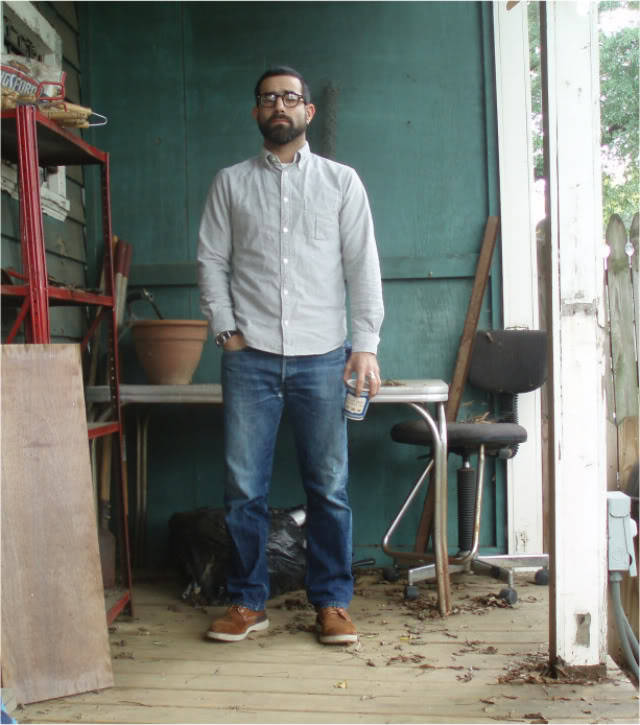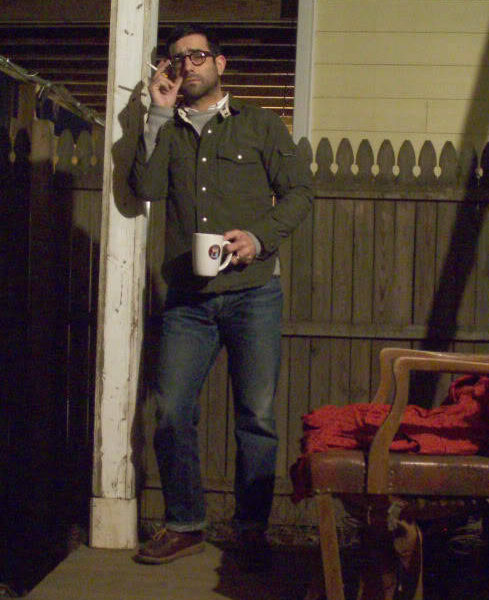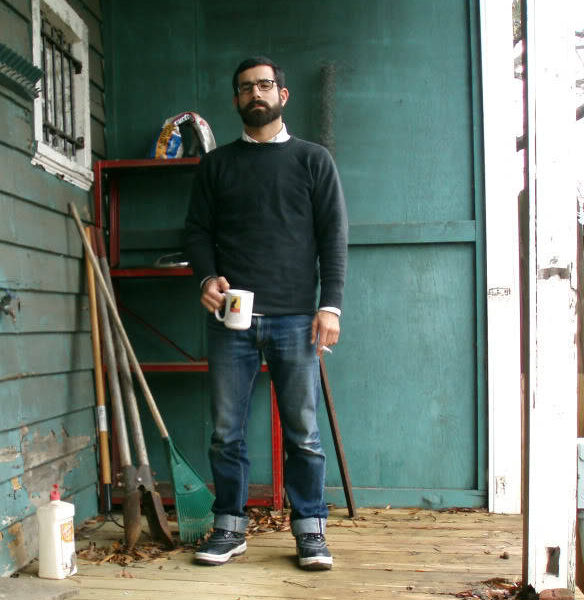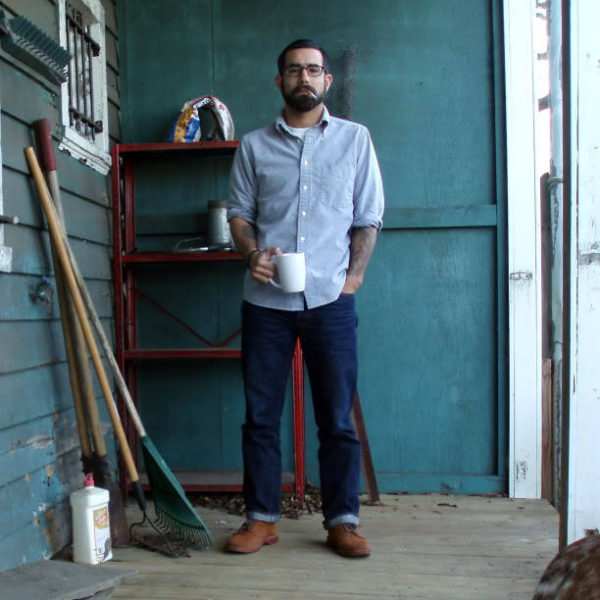
“Stealth wealth” is a complicated term. Essentially it refers to expensive things that aren’t aggressively, obviously expensive. Taking a positive view, in clothing, that can mean clothes and accessories that are special in some way, but not flashy, a combination that many of us consider desirable. On the other hand, it can mean stuff that the rich buy so they can wink knowingly at other rich people without looking like dicks. Less desirable.
Jesse’s recent post on packing for travel reminded me of the ways that these sorts of items can work well. Not that everything Jesse packed is expensive; but like many of us, he’s carefully selected unusual and, yeah, sometimes expensive items (the A-1 jacket, LVC denim) that are special in ways not obvious to everyone. Most people who meet Jesse on his trip will see a guy in an oxford shirt, leather jacket, and jeans.
Lenny in Richmond makes a similar case in his consistently interesting (but generally normal!) clothing. In all of these photos, he’s wearing jeans, a button-up shirt, and boots (and holding a hot beverage). The color palettes are neutral grays, blues, browns, and olives. The fits are super consistent—the shirt waists hit at the same spot, the jeans are a flattering straight leg. But Lenny mixes J. Crew shirts, which fit him well, with covertly great vintage stuff, pieces from Engineered Garments, Japanese denim, and Visvim footwear, all of which you won’t find at the mall, or even online in some cases. These brands use unusual materials, arcane construction methods, and unorthodox design to produce relatively small runs of items that in the end don’t draw a lot of attention. Not a bad thing. The interesting aspects of this stuff are either subtle—an extra pocket here, exotic leather there—or reveal themselves over time, like the fading of indigo denim. Everything looks comfortable and broken in, and Lenny looks relaxed, knowing his wardrobe is stealthily awesome.
I understand that wearing such items can invite accusations of snobbery, not entirely unfounded. E.g., why buy a $500 pair of boots when the $100 pair looks and performs much the same? Of course there are diminishing returns the more you choose to spend. But once you’ve built a reliable wardrobe in a value-conscious way (this is how I like to think I filled my closet), you’ll likely want to keep your clothing interesting to yourself, and choosing more refined versions of the stuff you already like is one way to do so.
-Pete












